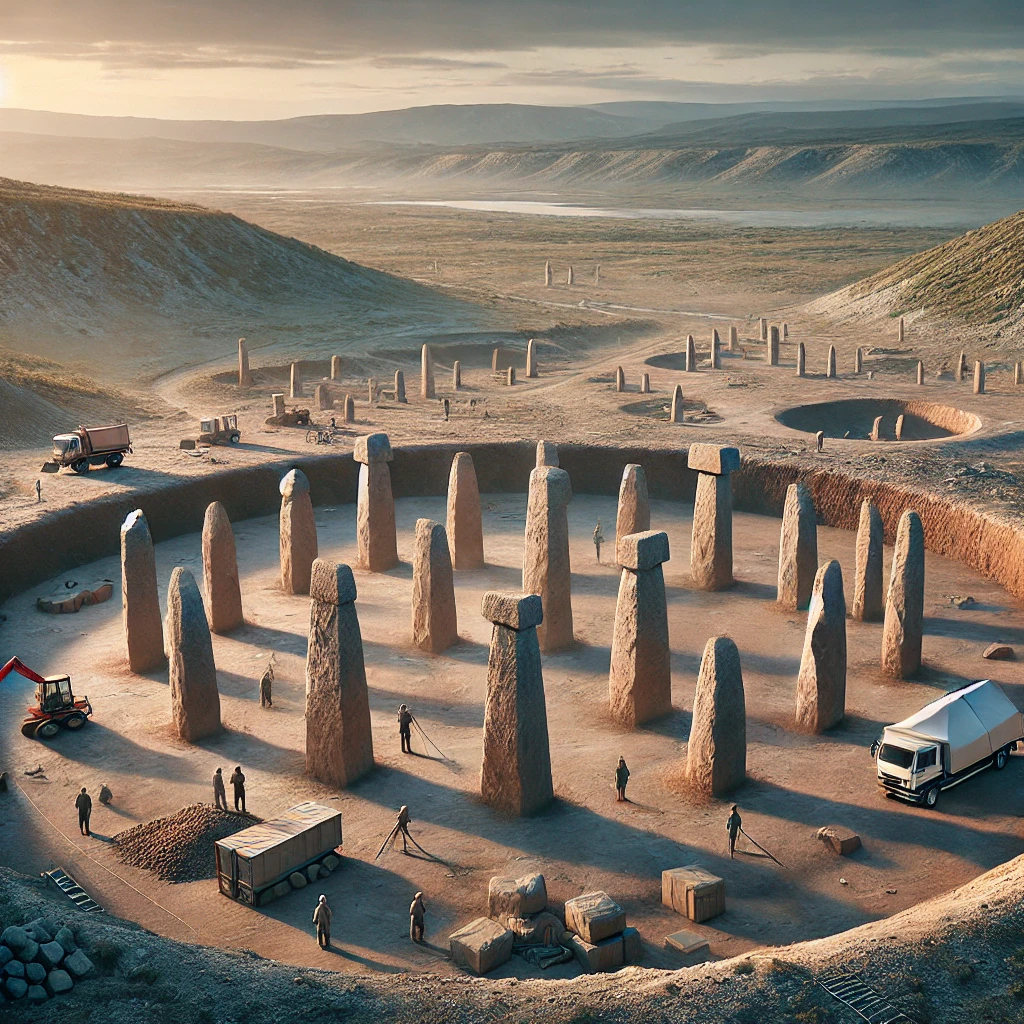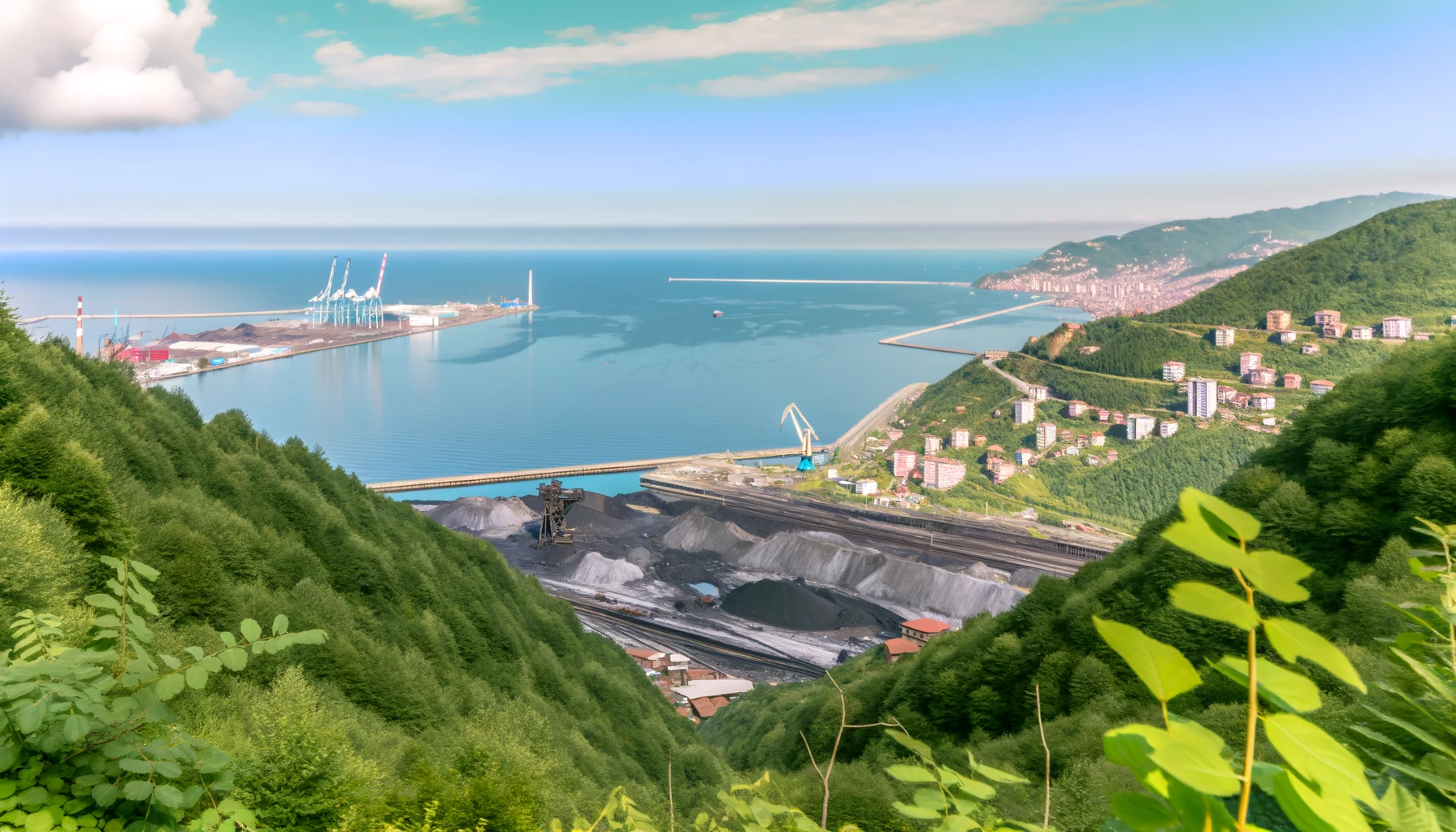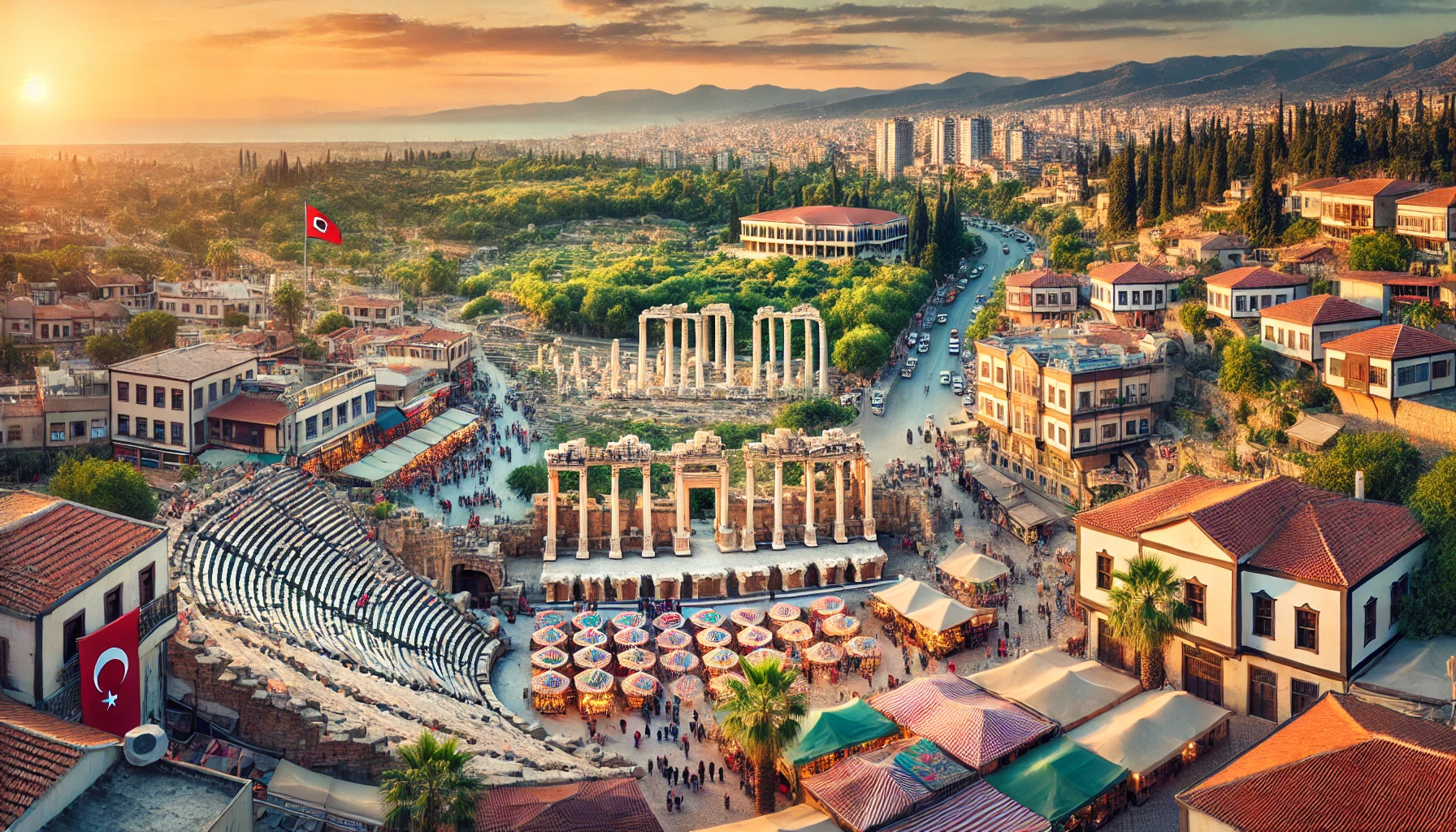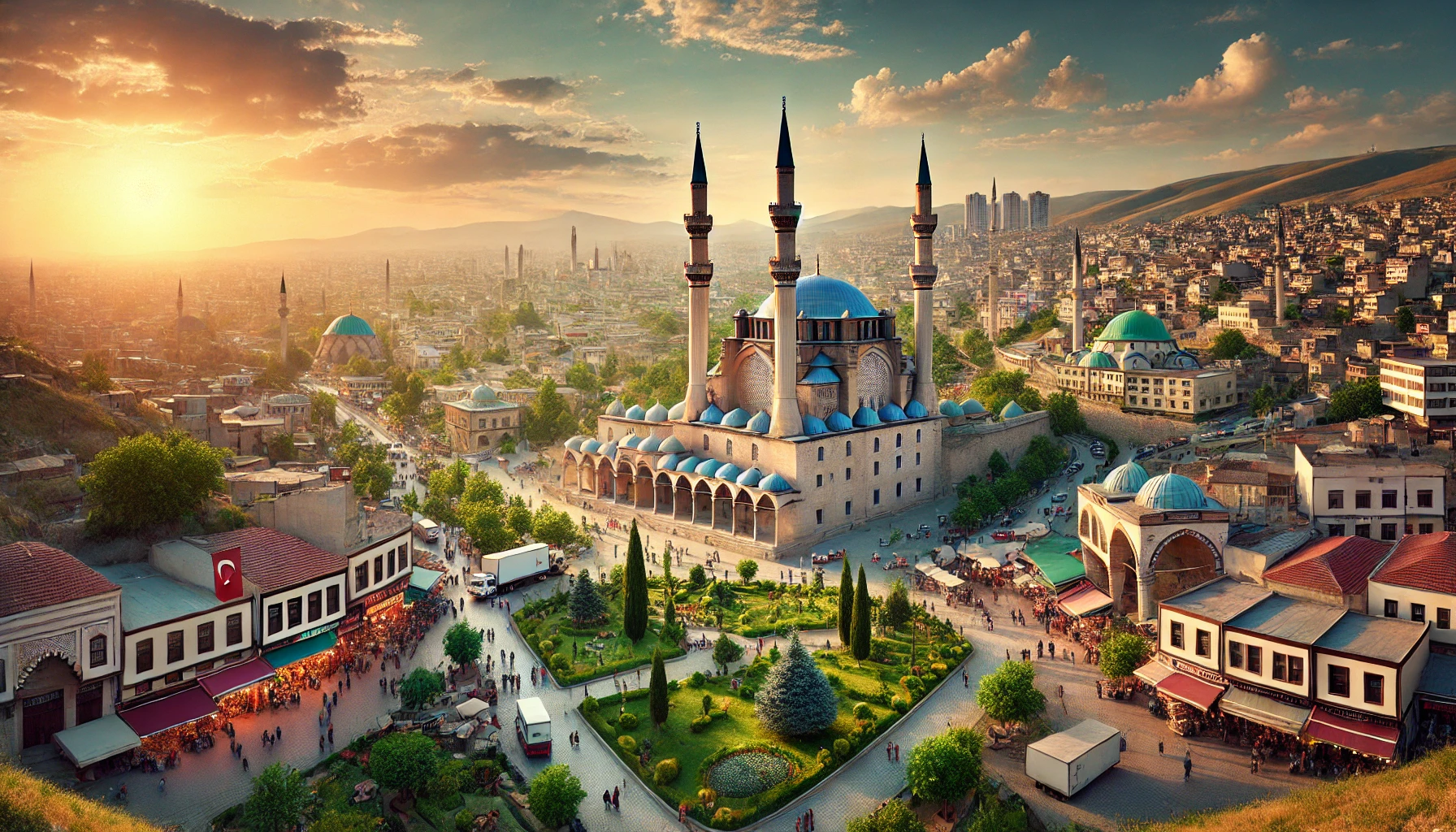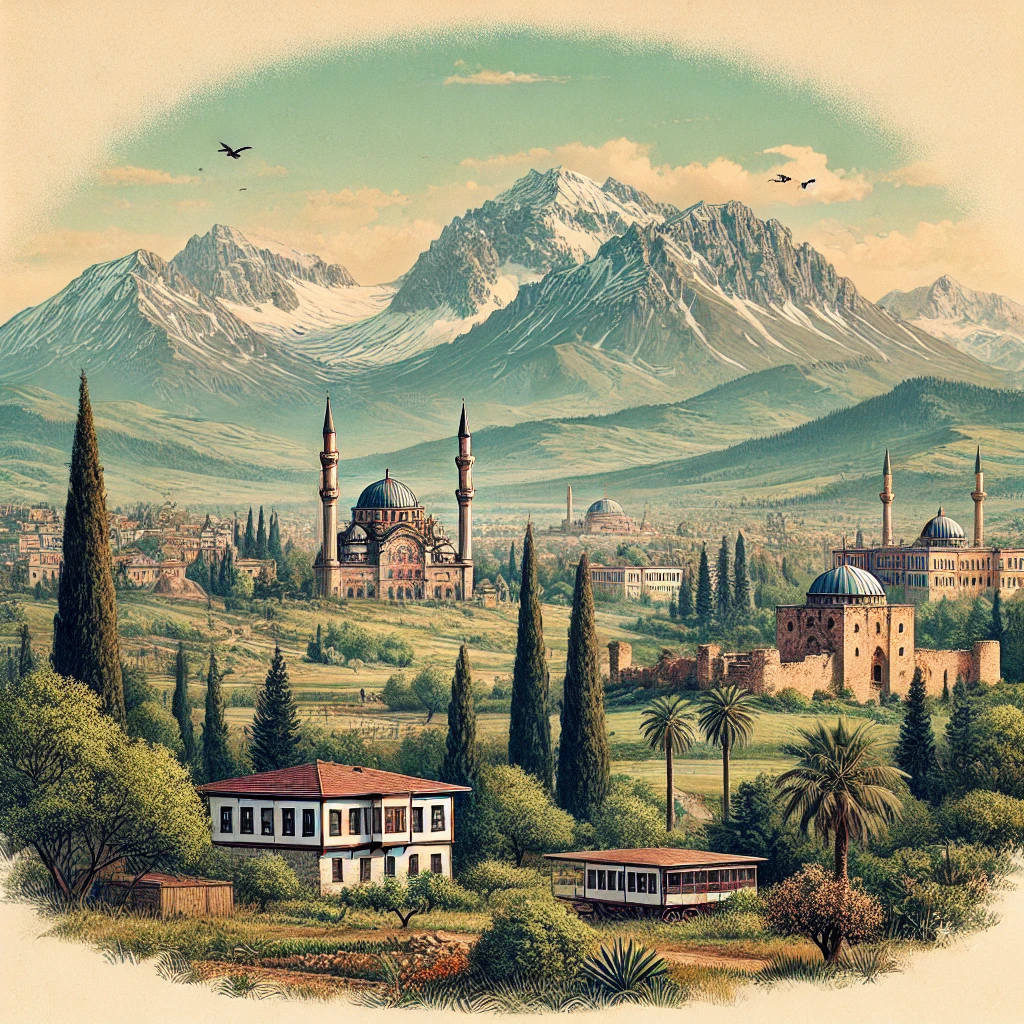Uncovering the Secrets of Karahantepe: A Journey into the World's Oldest Civilization
Karahantepe, located 60 km east of Şanlıurfa, is emerging as one of the most significant archaeological discoveries of the 21st century. This site, potentially predating the renowned Göbeklitepe, offers a fascinating glimpse into the early human civilization that thrived over 12,000 years ago. As part of the “Göbeklitepe Culture and Karahantepe Excavations” project, recent findings have reshaped our understanding of the Neolithic era, positioning Karahantepe as a crucial site in the study of human history.
The Historical Significance of Karahantepe
Karahantepe’s Place in Neolithic History
Karahantepe is believed to be the earliest known Neolithic site in the world, possibly dating back to a time before Göbeklitepe. The site features around 250 “T” shaped obelisks, similar to those found in Göbeklitepe and Nevali Çori, indicating a shared cultural and architectural tradition. These structures suggest that the people who built Karahantepe were part of a sophisticated society with religious or ceremonial practices.
Key Discoveries at Karahantepe
- T-shaped Obelisks: These stone pillars are similar to those found at Göbeklitepe, indicating a connection between these ancient sites.
- Advanced Architectural Techniques: The layout and construction of Karahantepe suggest a high level of organization and architectural knowledge.
- Cultural and Religious Significance: The site is believed to have been a center for religious or ceremonial activities, shedding light on the spiritual life of early humans.
The Connection to Göbeklitepe
Göbeklitepe has long been regarded as the oldest temple in the world, but recent archaeological work suggests that Karahantepe might be even older. Both sites share similar architectural features, including the T-shaped obelisks and circular enclosures, which may indicate that they were built by the same civilization or closely related cultures. The relationship between Karahantepe and Göbeklitepe is a key area of research, as it could provide new insights into the development of early human societies.
The Archaeological Excavations at Karahantepe
Ongoing Research and Discoveries
The Karahantepe excavations are part of a broader project aimed at exploring the “Göbeklitepe Culture,” a term used to describe the cultural and religious practices of the people who inhabited this region during the Neolithic period. Led by Professor Necmi Karul from İstanbul University, the archaeological team has been conducting surface surveys and excavations in the area known as “Keçilitepe” by locals. The findings from these excavations are continually updating our understanding of early human history.
The Role of Technology in Excavations
- Ground-Penetrating Radar: This technology has been used to identify buried structures and guide excavation efforts.
- 3D Mapping: Advanced mapping techniques have allowed archaeologists to create detailed models of the site, helping to visualize how it might have looked in ancient times.
- Collaborative Research: The project involves collaboration between multiple universities and research institutions, ensuring a comprehensive approach to studying the site.
The Impact of Karahantepe on Historical Understanding
The discoveries at Karahantepe are not only significant for understanding the history of Şanlıurfa and the surrounding region but also for the broader study of human civilization. The site’s potential age and complexity suggest that early humans in this region were capable of organizing large-scale construction projects and had developed complex social structures much earlier than previously thought.
Visiting Karahantepe and the Surrounding Region
Şanlıurfa: A City Steeped in History
Şanlıurfa, often referred to as the “City of Prophets,” is a place of immense historical and religious significance. It is traditionally believed to be the birthplace of the Prophet Abraham and is considered sacred by Jews, Christians, and Muslims alike. Visitors to Şanlıurfa can explore a wealth of historical sites, including the Mevlid Halil Mosque, the cave where Abraham is said to have been born, and the ancient city of Harran.
Key Attractions in Şanlıurfa
- Göbeklitepe: Often dubbed the “world’s oldest temple,” Göbeklitepe is a must-visit for anyone interested in ancient history.
- Balıklıgöl (Pool of Sacred Fish): This site is associated with the story of Abraham and is a popular pilgrimage destination.
- Şanlıurfa Museum: The museum houses artifacts from the region, including items from Göbeklitepe and Karahantepe.
Planning Your Visit to Karahantepe
While Karahantepe is still an active archaeological site, it is possible to visit and witness the ongoing excavations. Visitors can explore the area and learn about the discoveries being made, gaining a unique insight into one of the world’s most significant historical sites.
Travel Tips
- Best Time to Visit: The best time to visit Karahantepe is during the cooler months, from October to April, when the weather is more comfortable for exploring outdoor sites.
- Guided Tours: Hiring a knowledgeable guide can enhance your visit by providing in-depth information about the site and its significance.
- Nearby Accommodations: Şanlıurfa offers a range of accommodation options, from luxury hotels to budget-friendly guesthouses, making it a convenient base for exploring Karahantepe and other nearby sites.
The Cultural and Religious Significance of Karahantepe
The Spiritual Legacy of the Neolithic Period
Karahantepe and other sites in the Şanlıurfa region are crucial for understanding the spiritual life of early humans. The T-shaped obelisks and other structures found at these sites suggest that the people who built them had developed complex religious beliefs and rituals. These sites are among the earliest known examples of monumental architecture, indicating that spirituality and community were central to Neolithic life.
Key Themes in Neolithic Spirituality
- Ancestor Worship: The T-shaped obelisks may represent deities or ancestors, reflecting the importance of lineage and heritage in Neolithic society.
- Nature and Fertility: Many Neolithic sites, including Karahantepe, are believed to be associated with fertility rites and the worship of natural forces.
- Community and Ritual: The construction of large communal structures like those at Karahantepe suggests that ritual gatherings were a vital part of Neolithic life, fostering social cohesion and cultural identity.
Conclusion
Karahantepe is more than just an archaeological site; it is a window into the dawn of human civilization. As excavations continue, this site will undoubtedly yield further insights into the lives of the people who built it, their beliefs, and their contributions to the development of human society. Whether you are a history enthusiast, a spiritual seeker, or a curious traveler, Karahantepe offers a unique opportunity to connect with our shared human heritage.
For more information on planning your visit to Karahantepe and other historical sites in Turkey, visit the Travel Guide of Türkiye.
Latest Update: Aug 14, 2024
Your Content Goes Here
TAGS: ancient rituals Turkey, ancient sites Turkey, ancient Turkey, archaeology Turkey, early civilization Turkey, early human civilization, Göbeklitepe culture, Karahantepe, Karahantepe ancient history, Karahantepe and Göbeklitepe, Karahantepe archaeological site, Karahantepe architecture, Karahantepe artifacts, Karahantepe discoveries, Karahantepe excavations, Karahantepe historical significance, Karahantepe history, Karahantepe importance, Karahantepe Neolithic era, Karahantepe research, Karahantepe research findings, Karahantepe Şanlıurfa, Karahantepe significance, Karahantepe site plan, Karahantepe T-shaped obelisks, Karahantepe timeline, Karahantepe tourism, Karahantepe tours, Karahantepe travel guide, Karahantepe visiting tips, Neolithic history, Neolithic religion, Neolithic site Turkey, Neolithic spirituality, Şanlıurfa historical sites, Şanlıurfa travel, T-shaped pillars Karahantepe, visiting Karahantepe
A brief summary of the key points in this article.
Latest Travel Guides
Weather Today in Karahantepe, Şanlıurfa, Turkey
Location: Şanlıurfa Province
Temperature: -3.07°C
Condition: Clear sky

